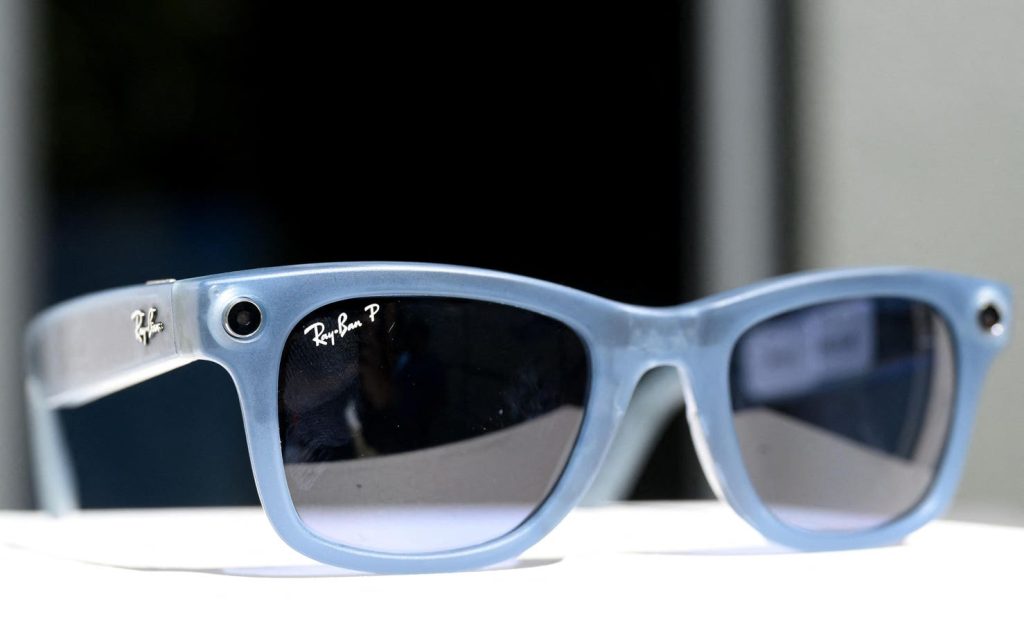The release of the Rabbit R1 Pin sparked a debate around the effectiveness of AI pins as wearable devices, with many expressing skepticism towards this form factor. This sentiment was reinforced when the Humane AI Pin received negative reviews as well. However, at the same time, Meta introduced AI dual modality features for its Meta Ray-ban Wayfarer smart glasses, which caught the attention of many in the industry.
The Ray-Ban Wayfarer smart glasses offer a unique user experience, allowing wearers to interact with Meta AI through voice commands. Users can ask the glasses various questions, such as identifying objects, sending messages, playing music, checking the weather, and more. The built-in camera also adds another dimension to the device, enabling features like translating text and solving math problems.
Despite the early shortcomings of the AI software, the potential of smart glasses as a form factor for wearable AI devices is evident. The glasses provide users with a hands-free and intuitive way to access information and interact with AI. This could be the gateway that helps popularize the concept of a face computer, making the technology more acceptable to a wider audience.
Smart glasses have the advantage of being a highly acceptable form factor for enhancing eyesight and delivering AR and AI experiences. To achieve wider market acceptance, vendors will need to focus on improving the smart glasses by enhancing their optics and adding features like video screens. These enhancements will provide wearers with a richer AR and AI experience, making the technology more compelling for everyday use.
The upcoming SID Display Week conference in San Jose is expected to showcase breakthrough display technology that could bring us closer to next-generation smart glasses. These advancements could include new displays that are ideal for true AR glasses, as well as stepping stones towards more powerful future solutions. The Meta Rayban AI-enabled smart glasses represent a significant step towards establishing glasses as the dominant form factor for AI wearables.
Overall, the emergence of smart glasses as a viable form factor for AI wearables is promising. The unique features and user experience offered by devices like the Meta Ray-ban Wayfarer smart glasses demonstrate the potential of this technology. As advancements continue to be made in display technology and device capabilities, smart glasses are likely to become a prominent tool for delivering AI and AR experiences in the future.


